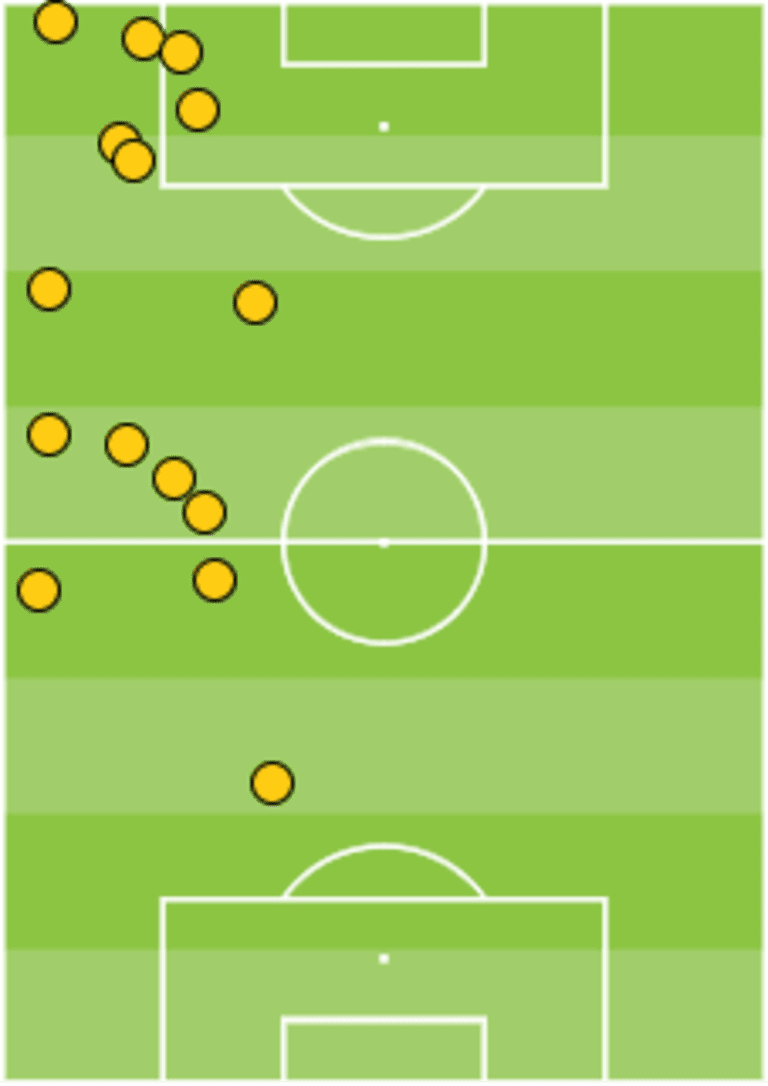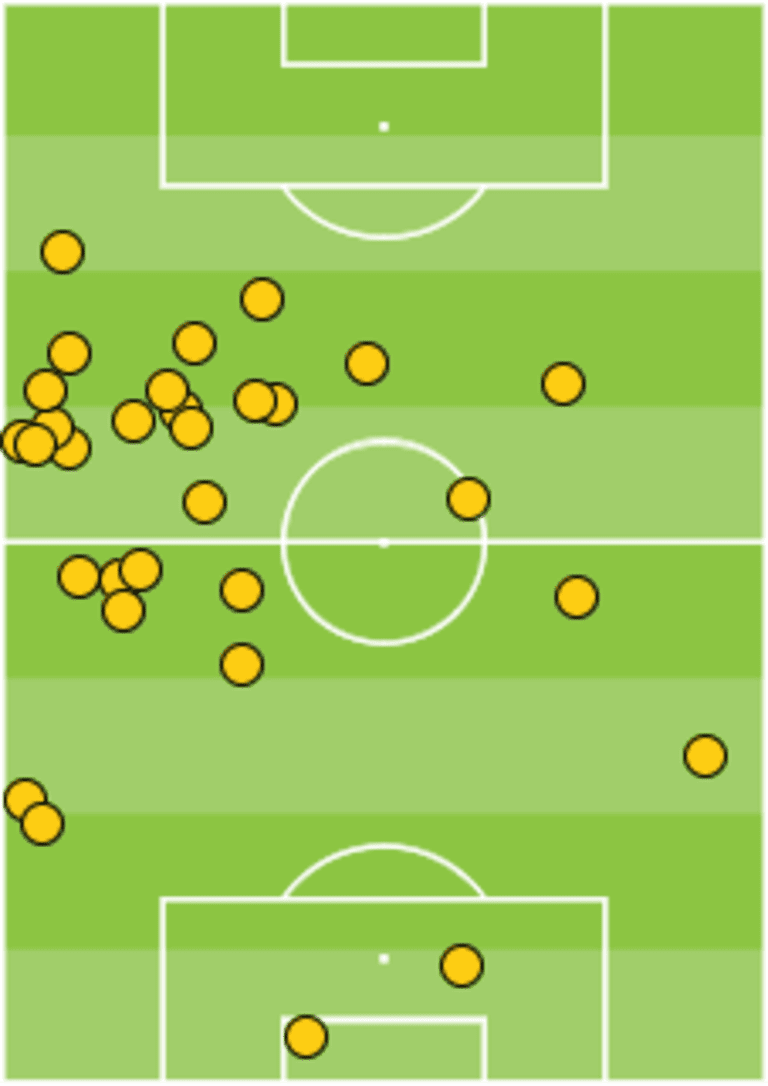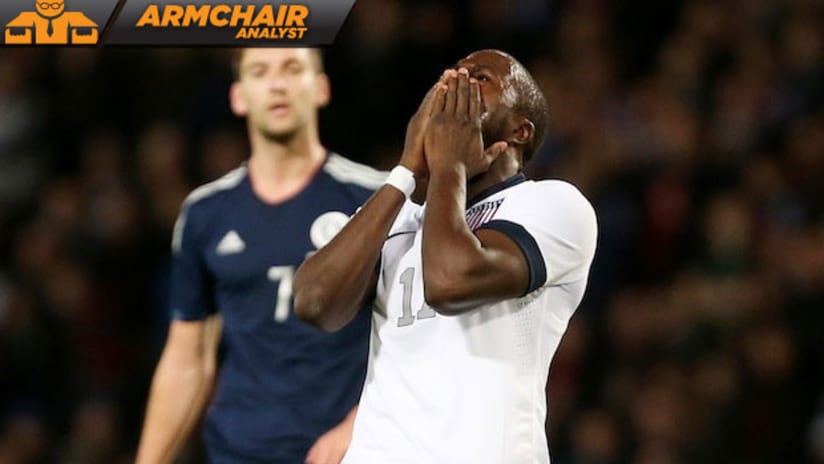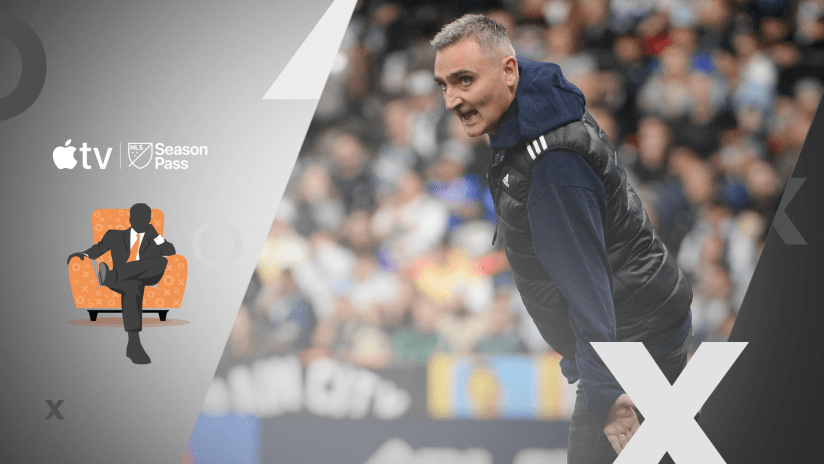Culturally, we have a history of overreacting to friendlies. This is probably a remnant of the pre-MLS bad old days, when most of the US team didn't officially have clubs so every single USMNT game was, well, more than a friendly.
That attitude carried over into the 1998 qualifying campaign, and -- more importantly -- the run-up to the World Cup when a 3-0 win over Austria heralded the "3-6-1" era.
It was only a friendly. It wasn't that strong a data point. It sent the complete wrong message to both the fans and the coaching staff, and set up what remains the most disappointing summer of soccer since, probably, 1987.
Let's not make the same mistake and try to take too much from this thing today. Like the rest of us, the US and Scottish players looked like they would rather have been watching Ronaldo vs. Zlatan. Bear that in mind.
So as Alexi Lalas said afterward, this was an "underwhelming performance from the US, but not the end of the world."
Here are three things we can take from the scoreless draw with Scotland:
1. Lack of penetration means the Yanks go stagnant
That first half ... man, that was rough. Jurgen Klinsmann did some experimenting, specifically by using Sacha Kljestan as a No. 10 just underneath Jozy Altidore, who was the lone forward in the 4-2-3-1. He also used Eddie Johnson out wide on left where, as Taylor Twellman said, EJ was stuck in third gear.
Twitter wasn't pleased:
2. We saw Brek Shea
No doubt the most exciting play of the game was Shea bombing up the left flank, torching the Scottish right back and pulling back a clever feed for Aron Johannsson, who fired just wide of the far post. It was a very, very nice mix of speed and vision, and spoke to how Shea was able to get into the final third while EJ was stuck playing ineffectual passes at midfield.
Shea's touch map

Don't take this as a referendum on one player or even one tactical choice, however. Shea's ability to push higher came from a number of factors, most notably Johannsson and Diskerud pushing the tempo. That said, EJ rarely pushed the issue off the ball, and his touches showed it.
EJ's touch map

Woof. The US under Klinsmann often asks the left midfielder to play a more possession-based than penetrative game (which is why it's still so very bizarre to see EJ in that role), but that is a sleepwalk of a day's work.
3. Specialist vs. flexibility
Here's the thing about Shea, and to a lesser extent about Johannsson: We know what they do best, and Klinsmann uses them exclusively in that role. They are specialists.
I don't think Klinsmann sees either Kljestan or Diskerud in the same light. Diskerud plays as No. 10 for his club team, and has had his best US moments in that role as well. Today, he played deeper, alongside Michael Bradley as a No. 8.
Kljestan is a No. 8 for his club, and has had his best moments in that role for his country as well. On Friday, he played as a No. 10.
The feeling I'm getting is that these two guys are competing for the same spot next summer, and Klinsmann is now testing to see which does the other's job better. He knows Kljestan can do work recovering and circulating the ball from deep, just as he knows Diskerud can create chances.
What else can they do?
Based upon Friday, not much.
Bonus thought: Baby otters jumping
You've all gotten pretty used to having at least a few GIFs to explain the game in this column.
This one doesn't bear much explaining beyond "Be glad if you didn't sit through it." But I thought you all deserved a GIF anyway, so here you go:














